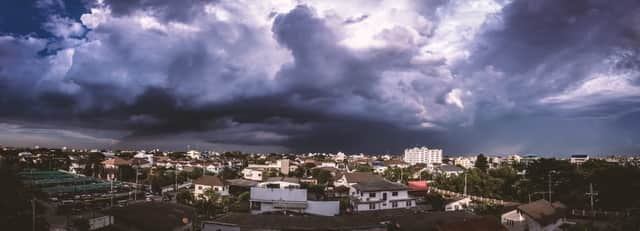You can help to name the next storms to hit the UK - here’s how
This article contains affiliate links. We may earn a small commission on items purchased through this article, but that does not affect our editorial judgement.


The summer weather has been volatile so far this year, with heatwaves followed by flash flooding and thunderstorms.
And it looks like there’s plenty more to come, as storms are forecast for later on in summer and into autumn
Advertisement
Hide AdAdvertisement
Hide AdNow The Met Office is giving people the opportunity to get involved, offering up the quirky task of naming the storms to the general public. So if you have ever fancied hearing your name on the TV when the weather is being forecast, now’s your chance.
The Met Office first introduced public naming of the storms five years ago, and the first time round more than 10,000 suggestions were made.
How do you suggest a name?
This week the Met Office will be opening up their social media channels and inviting people to send in suggestions.
Advertisement
Hide AdAdvertisement
Hide AdAlternatively, people can send their suggestions via email to [email protected]
Met Éireann will also be asking the Irish public to send in their suggestions this week.
Why are storms given names?
Storms started being named in America in the mid-20th century when meteorologists realised that it was easier to communicate information about them and keep people safe if a short, simple name was used.
It started in North America in 1953. Initially only female names were used, but now the storms can carry any name.
Advertisement
Hide AdAdvertisement
Hide AdIn the UK, the Met Office started naming storms in this fashion in 2014. This is to make it easier to follow the progress of a storm on the TV, radio, or on social media.
The storms named from these suggestions will be the ones that hit from September 2019 onwards.
Derrick Ryall, Associate Director of Public Weather Service at the Met Office said, “In addition to Met Office weather warnings, the storm naming scheme has been proved to raise awareness of severe weather in the UK, providing a consistent message to the public and crucially helping people to make better decisions so they can stay safe and thrive.”